When you think of survival skills, you might picture a rugged adventurer braving the wilderness. Yet, some of the most impressive survivalists are creatures in the animal kingdom. From regenerating limbs to withstanding extreme temperatures, these animals have skills that put human survivors to shame. So, if you’ve ever dreamed of having superpowers, these creatures might just leave you feeling a bit envious.
1. Axolotl’s Regeneration
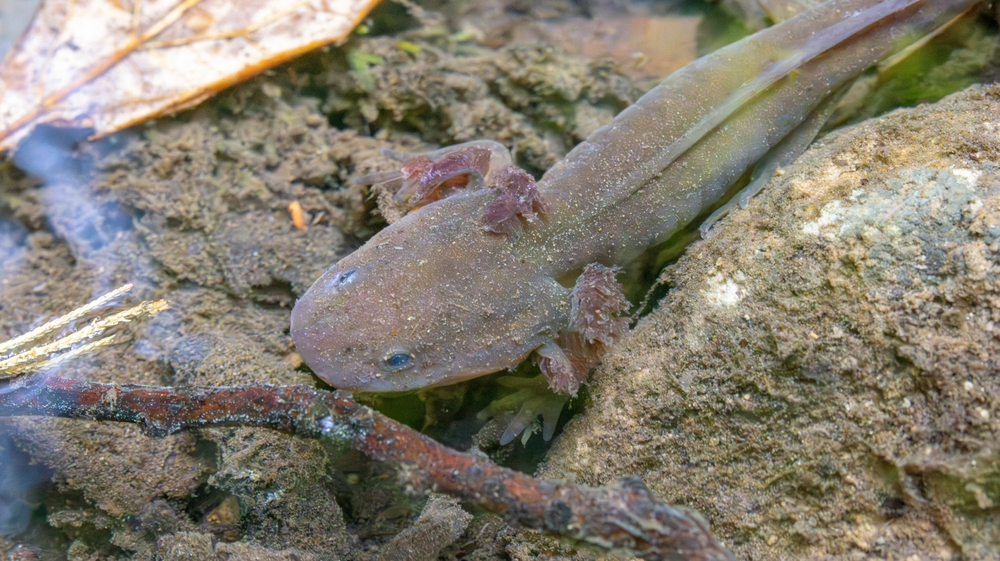
Imagine losing a limb and being able to grow it back perfectly. The axolotl, a type of salamander, has this incredible ability. They can regenerate not just limbs, but also parts of their spinal cord, heart, and other organs. Scientists, like Dr. Elly Tanaka from the Research Institute of Molecular Pathology in Vienna, study axolotls to understand their regenerative powers, hoping to apply this knowledge to human medicine. This unique skill allows them to recover from injuries that would be catastrophic to most other animals.
The axolotl’s regeneration is so efficient that it can even reform its body parts multiple times. While you might think of it as a modern-day miracle, it’s just the axolotl’s way of handling life’s bumps and scrapes. Despite this ability, axolotls are critically endangered due to habitat destruction and pollution. Conservationists are working hard to protect these fascinating creatures and their extraordinary skills. Their survival depends on finding a balance between human activities and preserving natural habitats.
2. Tardigrade’s Resilience

Tardigrades, often called water bears, are microscopic creatures that can survive in extreme conditions. They can endure temperatures from just above absolute zero to well above boiling, and pressures higher than those found in the deepest ocean trenches. When faced with harsh conditions, they enter a state of cryptobiosis, essentially drying out and suspending their metabolism until favorable conditions return. This can last for years, allowing them to survive in space, among other extreme environments.
Their incredible resilience has piqued the interest of scientists who are eager to understand the mechanisms behind it. For humans, these abilities are the stuff of science fiction, but for tardigrades, it’s just everyday life. If you think about the harshest conditions on Earth, tardigrades have probably already been there and done that. Their adaptability is not just about surviving but thriving in conditions that would obliterate most life forms. Understanding their survival could one day lead to breakthroughs in human space travel or medicine.
3. Cockroach’s Endurance

Cockroaches are infamous for their ability to survive almost anything, including nuclear fallout. Their endurance is partly due to their simple yet incredibly efficient physiology. According to entomologist Dr. Coby Schal at North Carolina State University, cockroaches can withstand radiation levels up to 15 times higher than humans. This is because their cells divide much less frequently, which makes them less susceptible to radiation damage. Their ability to thrive in diverse environments is a testament to their adaptability.
Cockroaches can also survive for weeks without their heads because their open circulatory system doesn’t rely on a central control center. While headless, they eventually die from starvation, not the loss of their noggin. This resilience makes them one of the most persistent pests, but it’s also a fascinating survival trait. Their presence in nearly every corner of the globe is proof of their successful survival strategies. Love them or hate them, cockroaches are here to stay.
4. Wood Frog’s Freeze Tolerance
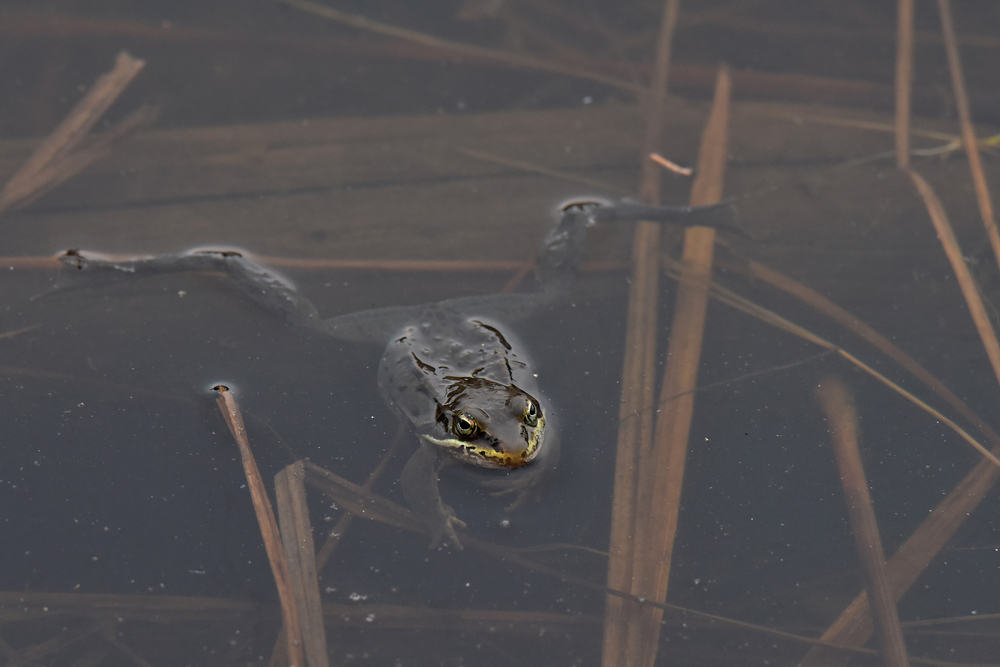
The wood frog has a remarkable ability to survive freezing temperatures by essentially becoming a “frogsicle.” During winter, these frogs freeze solid, stopping their hearts and ceasing to breathe. They achieve this feat by producing glucose, which acts like antifreeze, protecting their cells from damage. When temperatures rise, the frogs thaw and resume their normal activities without any apparent ill effects. This adaptation allows them to survive harsh winters in habitats ranging from Canada to Alaska.
Their ability to withstand freezing has fascinated scientists who are studying them to find clues about cryopreservation. Imagine being able to freeze human organs for transplants without damaging them. The wood frog’s strategy is a natural blueprint for such medical advancements. Meanwhile, these frogs continue to thrive, hopping along as if their icy naps were just a minor inconvenience. Their survival story is a testament to nature’s ingenuity.
5. Immortal Jellyfish’s Rejuvenation

The immortal jellyfish, scientifically known as Turritopsis dohrnii, has an astonishing survival skill: it can reverse its aging process. When faced with environmental stress or physical damage, it reverts its cells to an earlier stage of development. Dr. Shin Kubota from Kyoto University has studied this jellyfish extensively, revealing that it can theoretically live forever, barring disease or predation. This process, called transdifferentiation, essentially allows them to start life anew, making them biologically immortal.
The implications of studying these jellyfish are vast. Scientists hope to uncover the secrets of their cellular processes to better understand aging and potential human applications. While humans are far from achieving immortality, the jellyfish provides a glimpse into what may one day be possible. For now, they float through the oceans, defying the very nature of life and death. In their simplicity lies a complex survival strategy that continues to captivate human curiosity.
6. Electric Eel’s Shock Power

Electric eels use electricity not just for hunting but also as a defense mechanism. They can generate up to 600 volts of electricity, enough to stun prey and deter predators. This ability comes from specialized cells called electrocytes, which work like tiny batteries stacked in series. By controlling the timing and intensity of their electric shocks, they can navigate their murky river habitats and communicate with other eels.
Their shocking prowess is both a weapon and a survival tool, allowing them to thrive in the Amazon and Orinoco basins. This ability might seem like something out of a comic book, but for electric eels, it’s a natural part of life. While humans can harness electricity externally, the eel’s internal generation is a marvel of biological engineering. This skill allows them to maintain dominance in their aquatic environment. Despite their name and skills, electric eels are more closely related to catfish than true eels.
7. Mantis Shrimp’s Super Punch
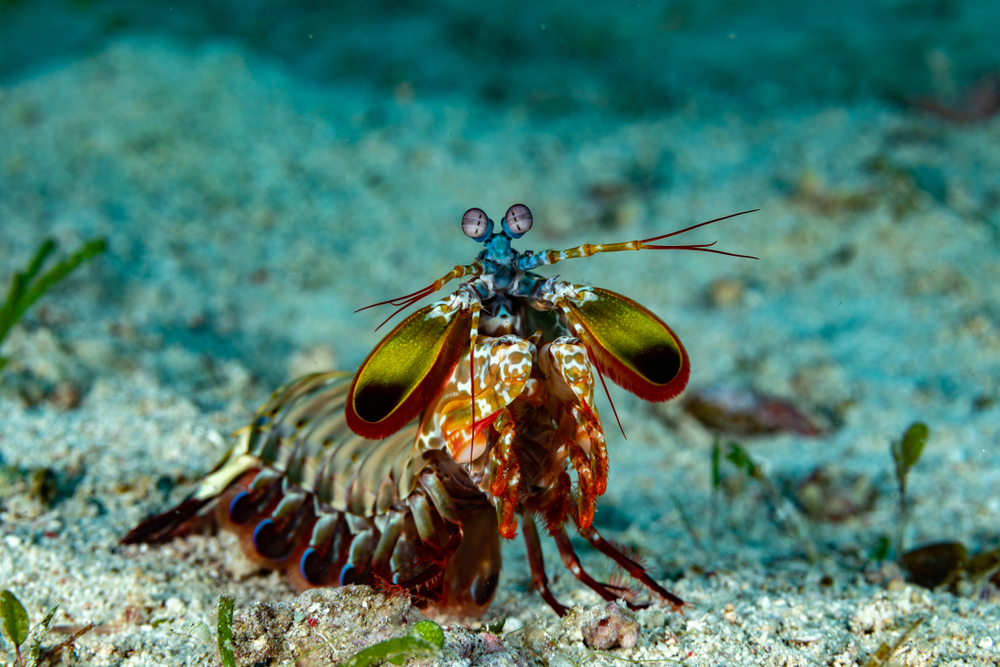
The mantis shrimp wields an extraordinary weapon: its punch. Its club-like appendages can accelerate faster than a bullet, delivering a blow with the force of a small-caliber gun. Dr. Sheila Patek from Duke University has studied this creature’s mechanics, revealing that the shrimp’s punching power comes from a unique muscle and spring mechanism. This allows them to crack open hard shells of prey, making them formidable hunters.
Their punch is so fast that it can cause the surrounding water to cavitate, creating shockwaves that further damage their target. Beyond hunting, this ability is crucial for self-defense and territorial disputes. The mantis shrimp’s remarkable punch has even inspired biomimicry in materials science, providing insights into creating stronger, more resilient materials. In their vibrant shells and tiny packages, these creatures pack a punch that leaves even humans in awe. Their survival strategy is a testament to the power of evolution’s innovation.
8. Arctic Fox’s Fur Adaptation
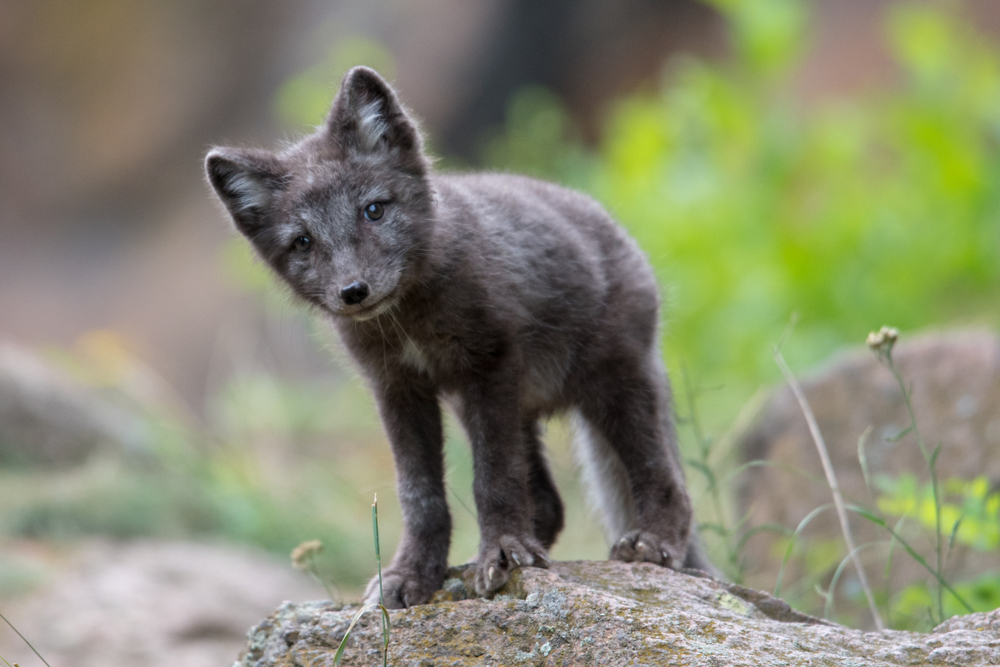
The arctic fox is perfectly adapted to surviving the frigid temperatures of the Arctic tundra. Its thick, multi-layered fur provides insulation against the cold, while its compact body shape minimizes heat loss. The fur changes color with the seasons—white in the winter to blend with snow and brown in the summer for camouflage against the tundra landscape. This seasonal camouflage is crucial for both hunting and evading predators.
With padded feet, they can walk on ice without slipping, and their keen sense of hearing allows them to detect prey under the snow. These adaptations make the arctic fox a master of survival in one of the planet’s harshest climates. They are opportunistic feeders, eating anything from small mammals to leftover scraps from larger predators. Their ability to thrive in such extreme conditions is a testament to their evolutionary success. In the silent, icy expanses of their habitat, the arctic fox endures with quiet resilience.
9. Bombardier Beetle’s Chemical Defense
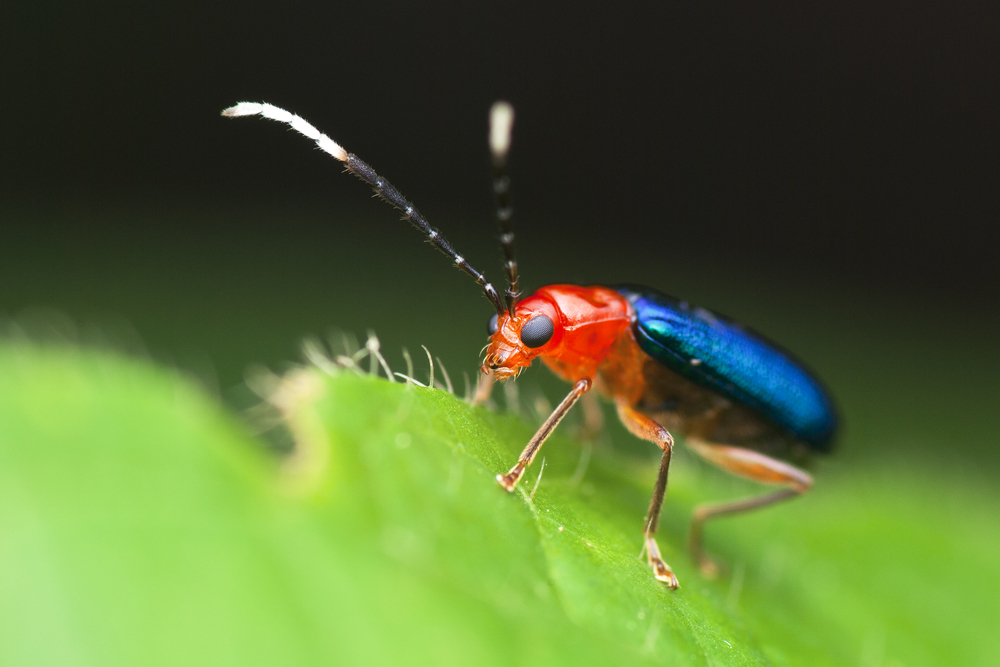
The bombardier beetle has a unique and explosive defense mechanism. When threatened, it can eject a hot chemical spray from its abdomen with remarkable accuracy. This spray is produced by a chemical reaction between two compounds stored separately in its body until needed. The reaction generates heat and pressure, propelling the spray at predators with precision.
Their ability to deliver a boiling, noxious chemical blast deters many would-be attackers, making it an effective survival trait. This intricate defense mechanism is a brilliant example of nature’s chemical warfare. It also poses fascinating questions for scientists studying natural engineering and defensive strategies. The beetle’s ability to manage such a complex reaction safely within its body is a marvel of evolutionary adaptation. In their tiny armored bodies, bombardier beetles carry a potent survival tool that emphasizes nature’s ingenuity.
10. Camel’s Water Conservation
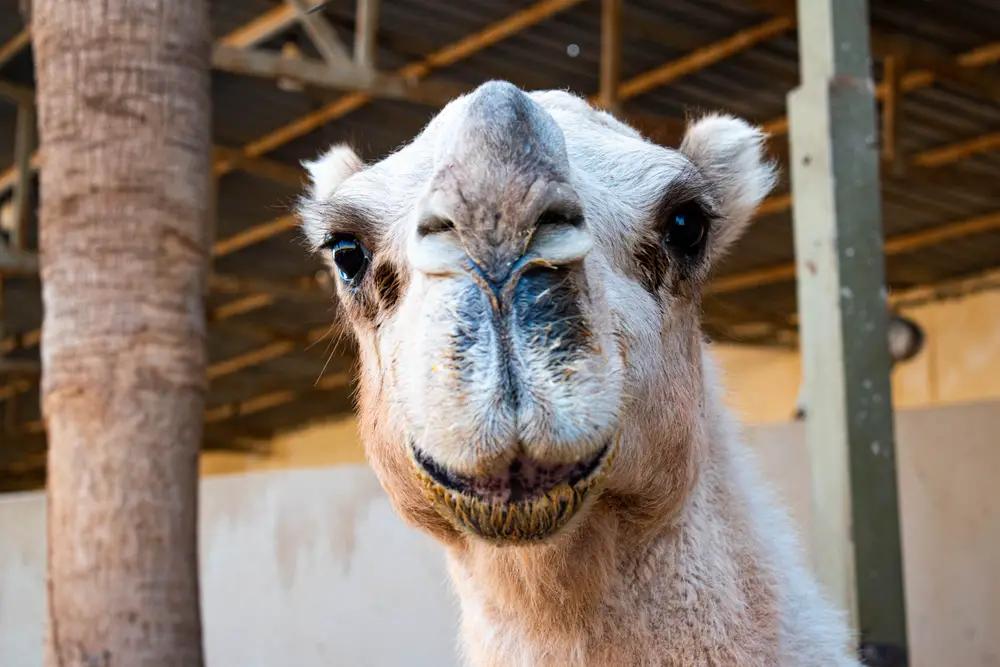
Camels are renowned for their ability to endure long periods without water, making them iconic desert survivors. Their humps store fat, not water, as often believed, which provides energy when food is scarce. They have evolved to withstand dehydration and can drink up to 40 gallons of water in one go when it’s available. Their bodies are efficient at conserving water, with specially adapted kidneys and intestines that minimize water loss.
This ability allows camels to traverse vast, arid landscapes where other animals would quickly succumb to dehydration. Additionally, their thick fur insulates against the desert sun during the day and conserves warmth during cold nights. Their long legs and wide feet help them move steadily over sandy terrain. Camels are not just survivors; they are a cornerstone of desert ecosystems and human economies. Their adaptations highlight the incredible ways life forms have evolved to endure extreme environments.
11. Opossum’s Immunity To Venom

Opossums have a unique survival skill that sets them apart: an immunity to certain snake venoms. This adaptation allows them to prey on venomous snakes and avoid becoming victims themselves. They produce a serum protein that neutralizes toxins found in snake venom, specifically those from pit vipers. This biological advantage has piqued the interest of scientists looking into antivenom research.
By studying opossums, researchers hope to develop new treatments for snake bites in humans. Beyond their resistance to venom, opossums are also known for their “playing dead” defense strategy, which can deter predators. Their ability to withstand snake bites and fool predators are just two of the many ways these creatures have adapted to survive in diverse environments. Despite being often misunderstood, opossums are remarkable survivors with skills that offer valuable insights into medicine and natural history.
12. Dung Beetle’s Navigation
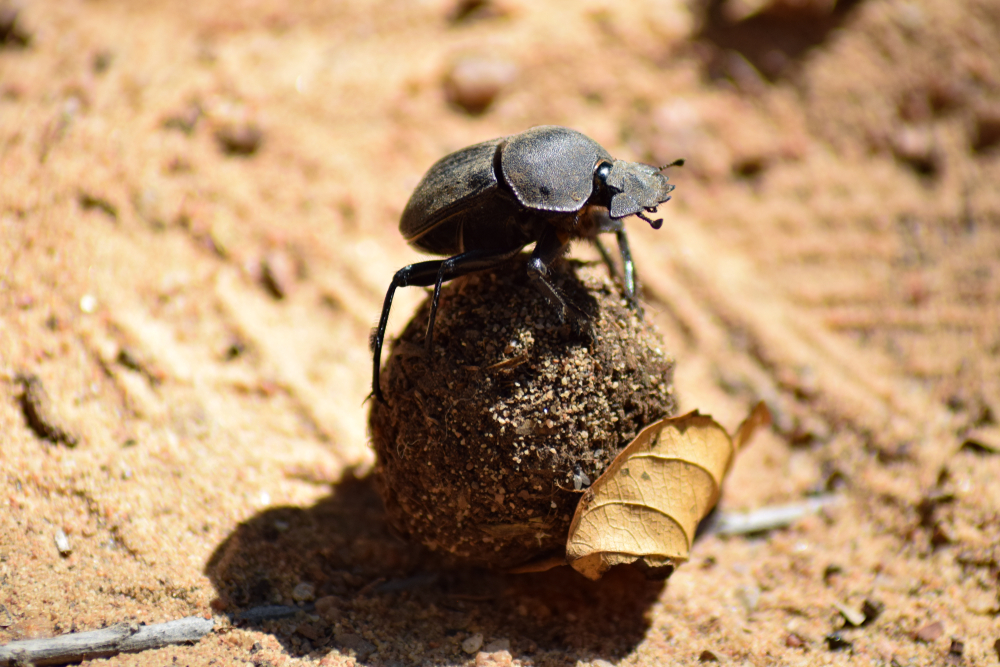
Dung beetles have evolved a surprising survival skill: navigation using the stars. Even in complete darkness, they can roll dung balls in a straight line, thanks to their ability to navigate by the Milky Way. This celestial navigation was discovered through research conducted by Dr. Marie Dacke at Lund University, revealing the beetles’ unique capability to use the sky for orientation. This skill ensures they can efficiently transport their precious cargo away from competitors.
Their navigation method is not only fascinating but also critical for their ecological role as recyclers. By burying dung, they enrich the soil and help control parasite populations. This role is vital for ecosystem health, underscoring the importance of even the smallest creatures. The dung beetle’s celestial navigation is a testament to the complexity and interconnectedness of life. They remind us that survival can depend on skills as ancient and vast as the stars themselves.
13. Honey Badger’s Ferocity
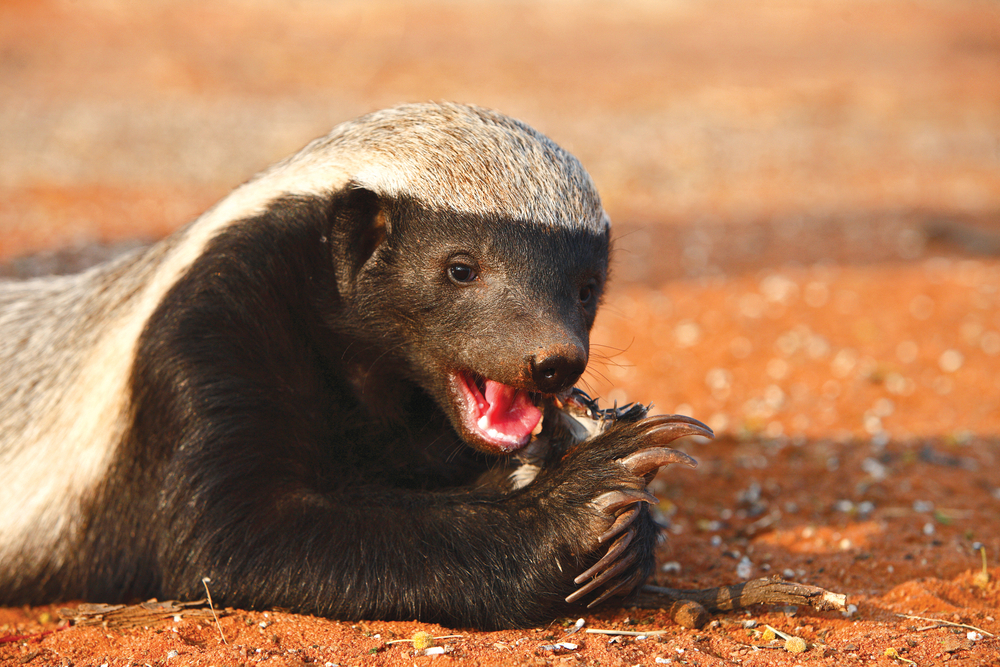
The honey badger is renowned for its fearless attitude and ability to survive against larger predators. Their thick skin and loose fur make it difficult for predators to get a firm grip, allowing them to escape attacks. They are known to stand their ground against lions and other large carnivores, using their sharp claws and teeth to defend themselves. This fearlessness is not just bravado; it’s a well-honed survival strategy.
Honey badgers are also intelligent, capable of using tools and working in pairs to solve problems, such as raiding beehives. Their varied diet and adaptability to different environments make them resilient survivors. The combination of physical toughness and mental acuity ensures they thrive in challenging conditions. While they may seem reckless, their behavior is a calculated approach to survival. In the wild, their reputation is well-earned, as they continue to live up to the phrase “tough as a honey badger.”
14. Seahorse’s Camouflage

Seahorses have taken the art of disguise to a new level with their exceptional camouflage abilities. Their bodies can mimic their surroundings, blending in with seagrass and coral to avoid predators. This ability is facilitated by chromatophores, specialized skin cells that change color and pattern. Their unique shape and slow, deliberate movements further aid in their concealment.
For seahorses, camouflage is crucial for both predation and protection. As they drift through their underwater habitats, they rely on this skill to catch small prey and avoid becoming a meal themselves. This adaptation not only ensures their survival but also highlights the intricate balance of marine ecosystems. Seahorses remind us of the beauty and complexity of nature’s designs. Their survival hinges on their mastery of invisibility in a world teeming with predators.
15. Gecko’s Adhesion
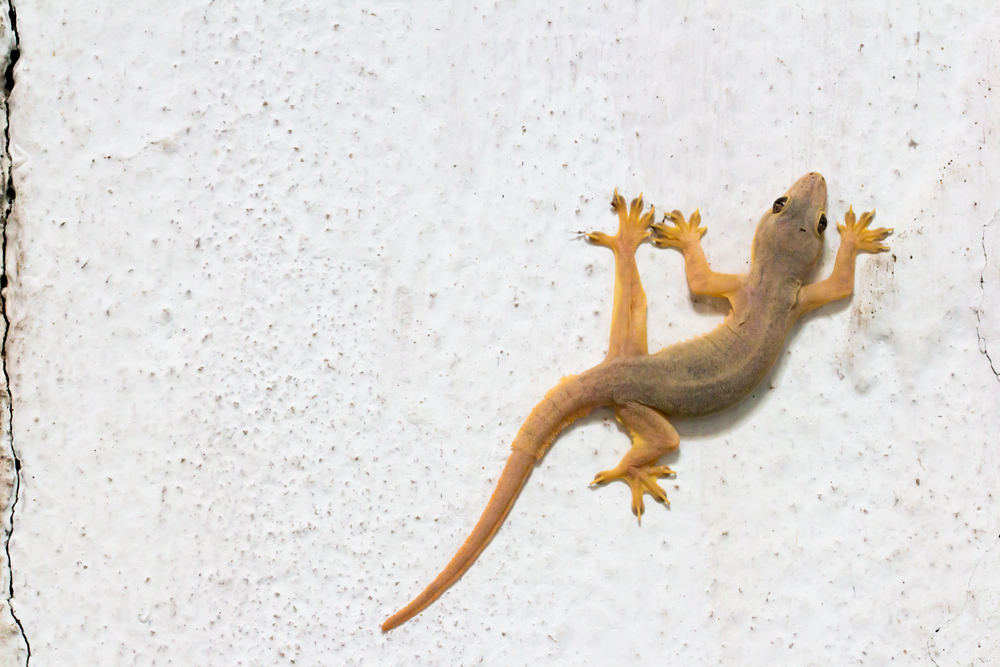
Geckos are famous for their ability to walk on walls and ceilings thanks to their remarkable footpads. Their feet are covered in tiny hair-like structures called setae, which exploit weak molecular forces to adhere to surfaces. This adhesive ability allows them to navigate a variety of environments with ease. They can cling to smooth surfaces, such as glass, defying gravity in a way that seems almost magical.
This skill is not just about movement; it’s also a critical survival tactic. Being able to escape predators by scaling vertical surfaces gives them a distinct advantage. Researchers have been inspired by gecko adhesion to develop new materials and technologies, such as advanced adhesives and climbing robots. In the gecko’s tiny toes lies a powerful example of nature’s engineering prowess. Their ability to stick to almost anything is a testament to the wonders of evolution.
